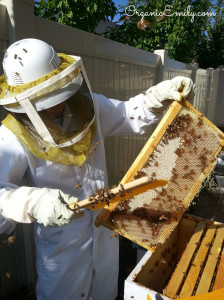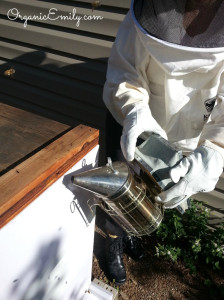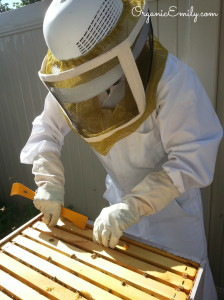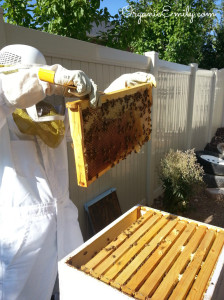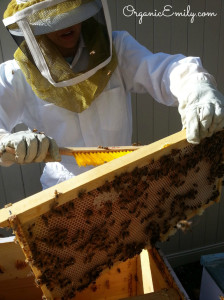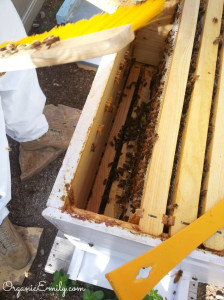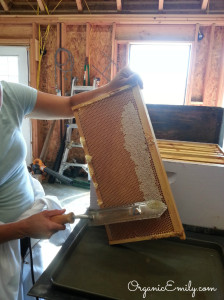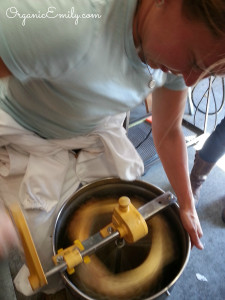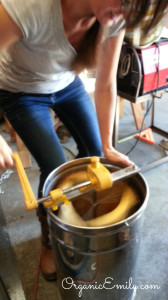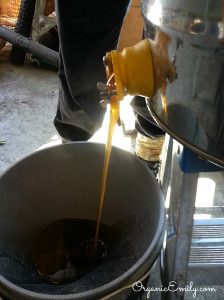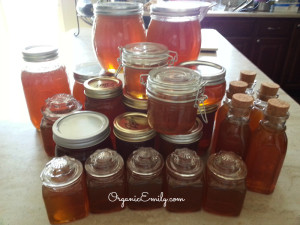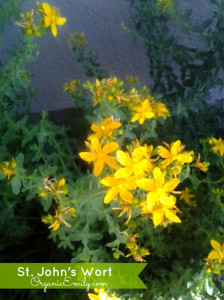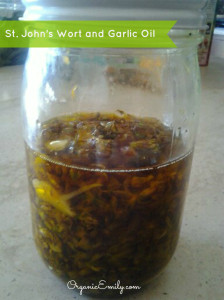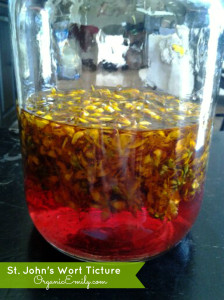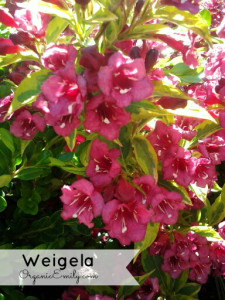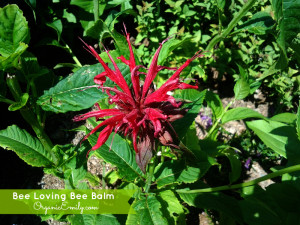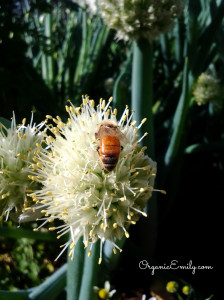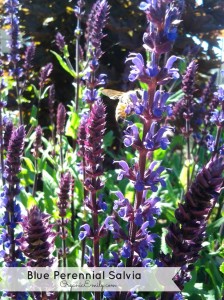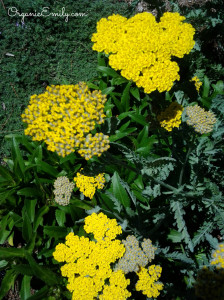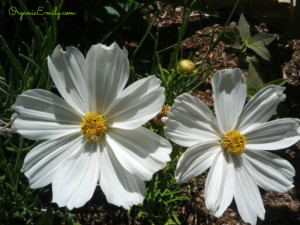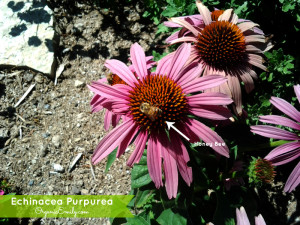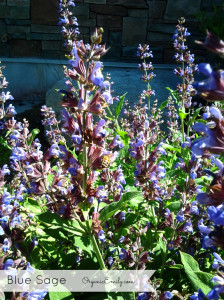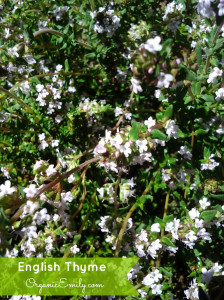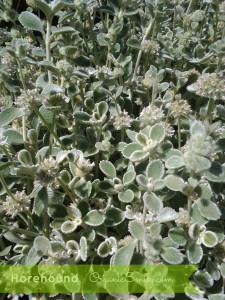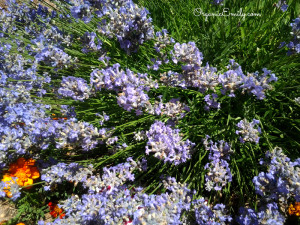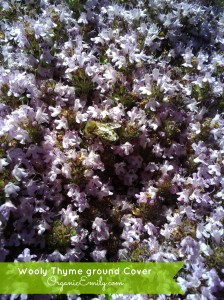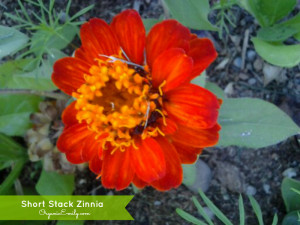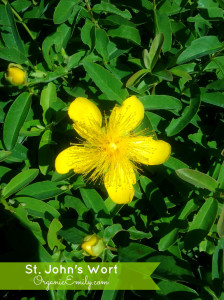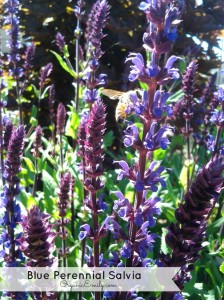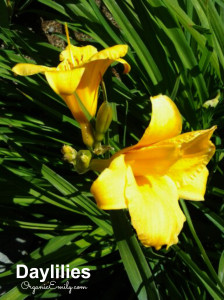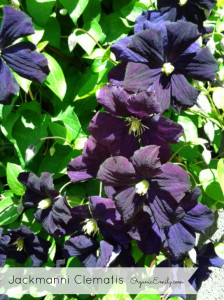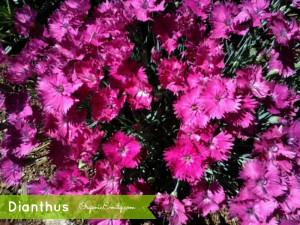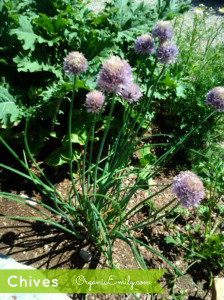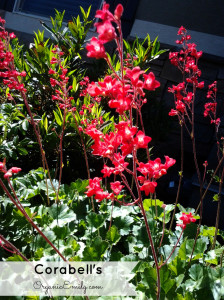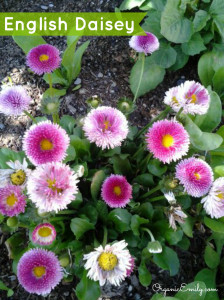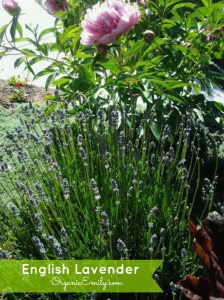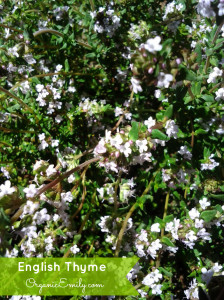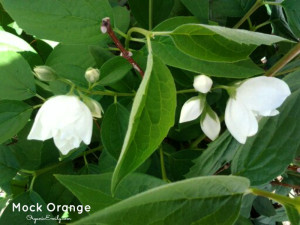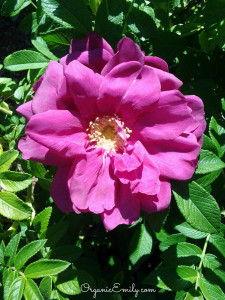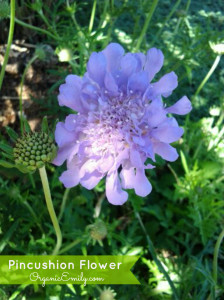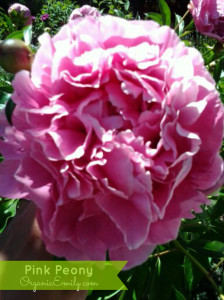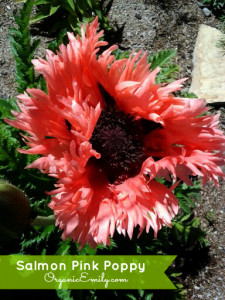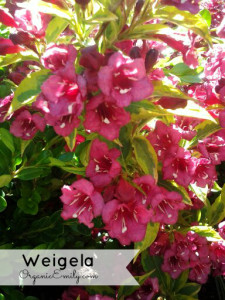I pretty much had 20 frames full of honey earlier this week when I checked on my girls! Which by the way is super awesome!!! I intended to buy another honey super (box) and frames to give more room for the bees to work on, but the woman at the bee store encouraged me to extract the honey instead and let them work on the same frames again increasing my honey harvest so I can pull more out in September. They literally filled the top 10 frames in one month! We’ll see what we get in another month and a half… I love beekeeping!
The process of extracting honey is just plain good old fashioned (fun) hard work! I had help from my mom and a friend this year. Those frames of honey can weigh 10 pounds each and with 10 frames in a box, well, I was grateful for the help! Here are the basics of extracting honey.
The first step is to get all the equipment ready that is needed, including a smoker! I light mine with burlap and small wood chips. This produces a “cool” smoke. It distracts the bees into thinking there is a fire so they gorge on honey and get ready to leave the hive. Of course we aren’t there that long so they don’t fly away. A few puffs at the entrances and the opening and they didn’t even know we were there… for the first part anyway.
Once the top came off I pried the frames apart stuck together with propolis. Getting the first frame out is always the most difficult. I wouldn’t be able to do it without my hive tool!
Pulling out the first frame full of honey!
Brushing the bees gently with my bee brush… this is when they realized we were there! A little more smoke and they were okay! I needed to get all the bees off each frame and put them into an empty box with a cover so we could extract the honey without any potential problems with bees.
Here is a small look inside the honey super. You can see there are no bottoms to the boxes so they can go all the way up and down the entire hive working where needed.
Once all the top frames were pulled out and placed into an empty box with a pan on the bottom to catch any loose honey we went into my husbands workshop and pulled them out one by one to remove any honey that had been capped with a hot capping knife.
The extractor is a large barrel that fits 3-4 frames in it and spins the honey to the outside. It’s important to do this on a warm sunny day so the honey comes out easily. This is a hand held crank so it took quite a bit of muscle to get the job done. Thanks to my mom, she did most of the hard work!
My sweet friend Angela helped this morning! Couldn’t have done it without them! They definitely took honey home with them!
From the extractor we poured the honey into another spouted bucket lined with a small strainer net. This caught any of the small pieces of wax and gave us beautiful smooth golden honey!
We harvested a total of 22.5 pounds of natures medicine! And we aren’t even finished yet! Looking forward to doing it again soon!

